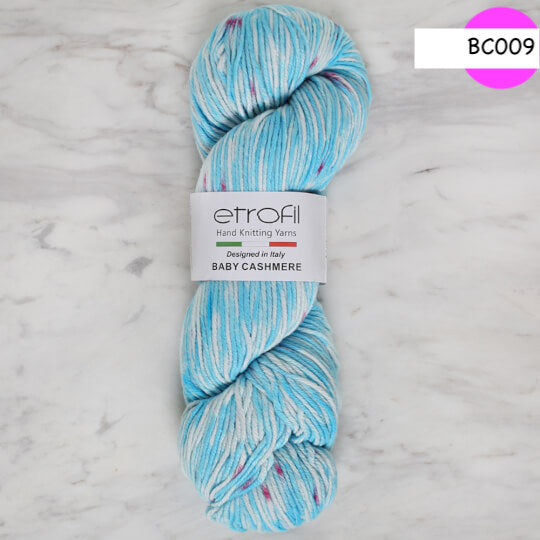How to Look After Your cashmere Garments and Keep Them Looking Like New
Comprehending the Different Types of Cashmere an All-natural Fiber and Their Special Benefits

The Origins of Cashmere: A Historical Overview
While the elegant touch of cashmere remains to charm modern customers, its origins trace back to the rough, chilly environments of Mongolia and the Mountain ranges. For centuries, the native individuals of these areas have actually been raising Capra Hircus goats, the prime source of cashmere woollen. These goats, durable versus the severe wintertimes, grew a great undercoat to endure, which later became recognized as cashmere. The name itself admires Kashmir, a region in India where the woollen was initially processed. Much of the very early cashmere trade course was facilitated by the Silk Road, connecting Asia with the Middle East and Europe. In spite of its international spread, the finest cashmere is still believed to originate from the initial areas of Mongolia and the Mountain Ranges.

The Manufacturing Refine: From Goat to Garment
Shearing a Capra Hircus goat notes the inception of the complex cashmere manufacturing procedure. This delicate procedure typically happens annually throughout springtime. The penalty, soft undercoat is after that separated from the coarser outer hair, a process recognized as dehairing. The resultant raw cashmere is then washed to eliminate impurities such as vegetable, dirt, and grease issue.
The clean fiber undergoes coloring, rotating, and weaving, or knitting, to change it right into a textile. Facility treatments such as quality assurance checks and completing processes adhere to, ensuring the end product preserves the lavish standard expected of cashmere. This meticulous procedure, from goat to garment, warrants the high price affixed to cashmere items, making them an icon of high-end and refinement.
The Various Sorts Of Cashmere: A Comprehensive Analysis

The Distinct Advantages of Cashmere: Convenience and Sustainability
Moving from the range of cashmere kinds to the advantages they provide, comfort and sustainability attract attention prominently. Cashmere, an all-natural fiber, is renowned for its unequaled gentleness, giving a level of comfort that synthetic fibers can't match. The material's agility, yet impressive warmth retention, makes it ideal for all seasons. Cashmere's important link natural elasticity permits it to return to its initial form, making it immune to stretching or reducing.
When it involves sustainability, cashmere is renewable and naturally degradable, as it's harvested from cashmere goats that regrow their layers annually. what is cashmere. Unlike synthetic fibers which can take hundreds of years to decompose, cashmere's official website influence on the atmosphere is minimal. This mix of comfort and sustainability makes cashmere a useful option for mindful consumers

Taking Care Of Your Cashmere: Upkeep and Preservation Tips
While cashmere is unquestionably a sustainable and elegant selection, it calls for certain like maintain its quality and prolong its life expectancy. To begin, cashmere must be hand washed using cool water and a moderate cleaning agent. Avoid turning or wringing the garment as it can damage the fibers. Instead, carefully press out excess water and lay it level on a towel to completely dry. Furthermore, cashmere things ought to be stored in a great and completely dry place, away from direct sunshine and moisture. Making use of moth repellents can secure these garments from possible damage. It's suggested to avoid hanging cashmere to stop extending. Instead, layer and shop them effectively to maintain their shape and high quality with time.
Buying Cashmere: Comprehending Its Worth and Worth
Although cashmere may originally look like an expensive financial investment, its long-lasting value and worth ended up being noticeable when you consider its exceptional top qualities. Recognized for its exceptional softness and heat, cashmere is a costs all-natural fiber that outperforms various other products. Its high need and minimal supply add to its high rate, but its sturdiness ensures it lasts for many years, providing exceptional value for cash. Cashmere pieces are ageless, often becoming antiques passed down via generations. what is cashmere. Its natural protecting buildings provide warmth without the mass of synthetic fibers. Purchasing cashmere, as a result, is not simply concerning existing style patterns, but regarding embracing a sustainable, long-lasting, and elegant way of living.
Verdict
In summary, the kind of cashmere one chooses, be it Mongolian, Chinese, or Italian, is determined by private preferences for heat, high-end, sustainability, and budget. Understanding the beginnings, production process, and unique advantages of various kinds of cashmere can lead consumers in their investment in this extravagant all-natural fiber.
Whether it's the extraordinary warmth of Mongolian cashmere, the cost of Chinese cashmere, or the eco-conscious manufacturing of Italian cashmere, there's a story to be discovered behind each fiber kind. Cashmere, a natural fiber, is renowned for its unmatched gentleness, giving a level of comfort that synthetic fibers can't match.When it comes to sustainability, cashmere is eco-friendly and eco-friendly, as it's harvested from cashmere goats that regrow their layers each year. Understood for its unmatched softness and warmth, cashmere is a costs natural fiber that outperforms various other materials. Understanding the origins, production Get More Information procedure, and special advantages of various types of cashmere can direct consumers in their investment in this luxurious all-natural fiber.